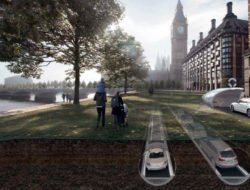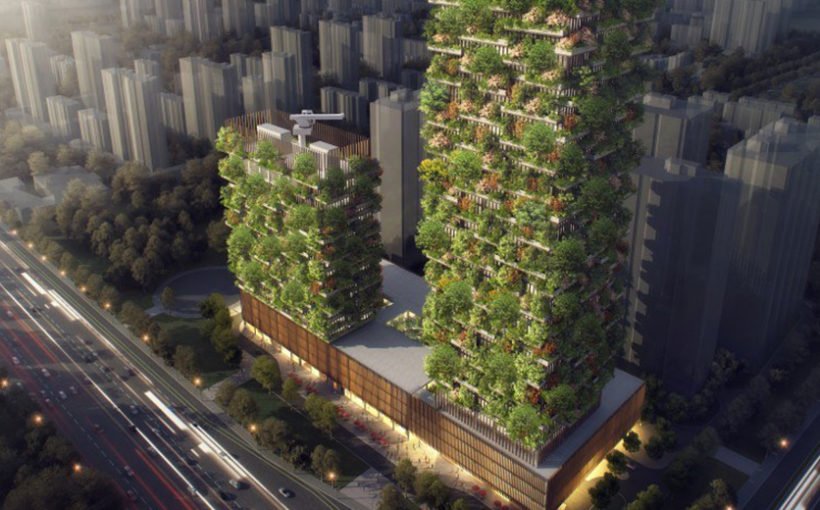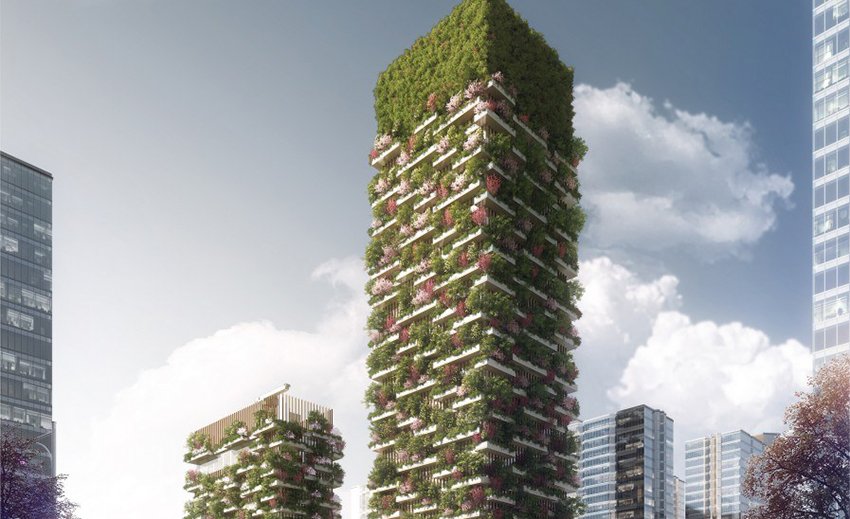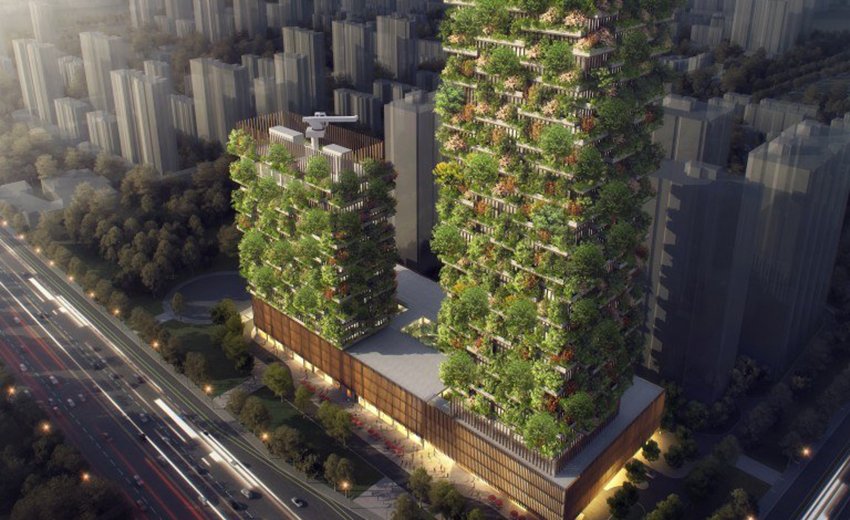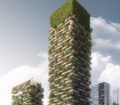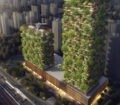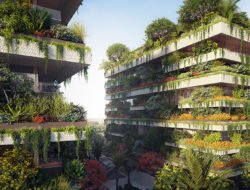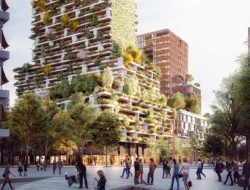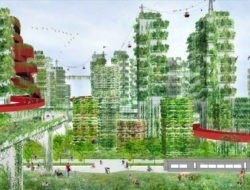The Italian architect Stefano Boeri has undertaken a crazy project: to create in Nanjing in China a set of buildings capable of both absorbing CO2 and producing oxygen.
In the last century, landscape developments were mainly confined to spaces on the ground, around buildings. Now, with the advent of planted roofs and walls, buildings are becoming “inhabited gardens”. One of the advocates of these “vertical forests” is the Italian firm Stefano Boeri Architetti. By putting nature at the heart of its creations, this architects firm provides glimpses of the city of tomorrow: organic, post-carbon and decontaminating. After building their first planted towers in Europe, it was the turn of Nanjing, in China, to host one of their green buildings.
The project, entitled “Vertical Forest”, will include two towers – the highest of 200 m, the other of 108 m – garnished with 1,100 trees and 2,500 plants nestled in concrete window boxes laid out all around the buildings. Inside, the structures of the smallest building will house a Hyatt hotel, a food market, restaurants and shops, while the second will house a museum, offices and a school of architecture. A swimming pool will be dug on the roof of the lowest tower, while the roof of the tallest one will house a private club.
Capturing pollution
Two similar works have already been built by Boeri in Milan in Italy and in Lausanne in Switzerland. Today, in these two buildings of 19 and 21 floors, some 480 people, 780 trees, 11,000 trees and 1,600 birds cohabit. “This is a place of residence shared by different life forms“, explains the designer, who is experimenting here with “a new way of living in the city“. But the Italian’s project for the Empire du Milieu is much more ambitious, as the usefulness of the two planted towers lies not only in their ornamental nature. Hundreds of trees and bushes are not just chosen at random. Colours, textures, blossoming times, leaf fall times… Everything has been considered. And it all evolves. “We have observed that some migrating birds like to stop on the roofs: Now we are trying to adapt the type of trees to see how they react“, says Laura Gatti, with a PhD in agronomy, who has spent years designing this project with Stefano Boeri.
Biodiversity keeps the designers busy. And so does the screen designed to form the flora that protects the building against pollution, noise and the summer sun. According to the architects, this giant nursery will absorb 25 tons of CO2 per year and will emit around 60 kg of oxygen per day. With a scale of two buildings, the impact on the rest of the city appears to be limited. But it is easy to imagine the potential of a large-scale planted city. The first Chinese towers will be finished in 2018 and should spread in the cities of Shijiazhuang, Liuzhou, Guizhou, Shanghai and Chongqing.
Tags: decontamination, Nanjing, Stefano Boeri, Vertical Forest

































